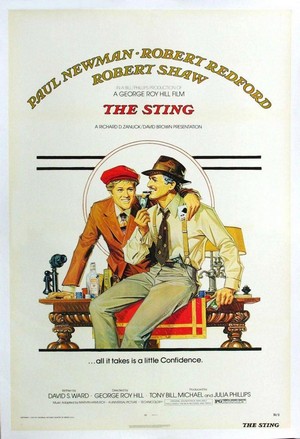
The Sting (1973)

Raiting: ![]() 8,2 /10
8,2 /10
Genre: Crime
Director: George Roy Hill
Stars: Paul Newman, Robert Redford and Robert Shaw
Country: United States
Release date: 25 December 1973
Length: 129 minutes


Raiting: ![]() 8,2 /10
8,2 /10
Genre: Crime
Director: George Roy Hill
Stars: Paul Newman, Robert Redford and Robert Shaw
Country: United States
Release date: 25 December 1973
Length: 129 minutes